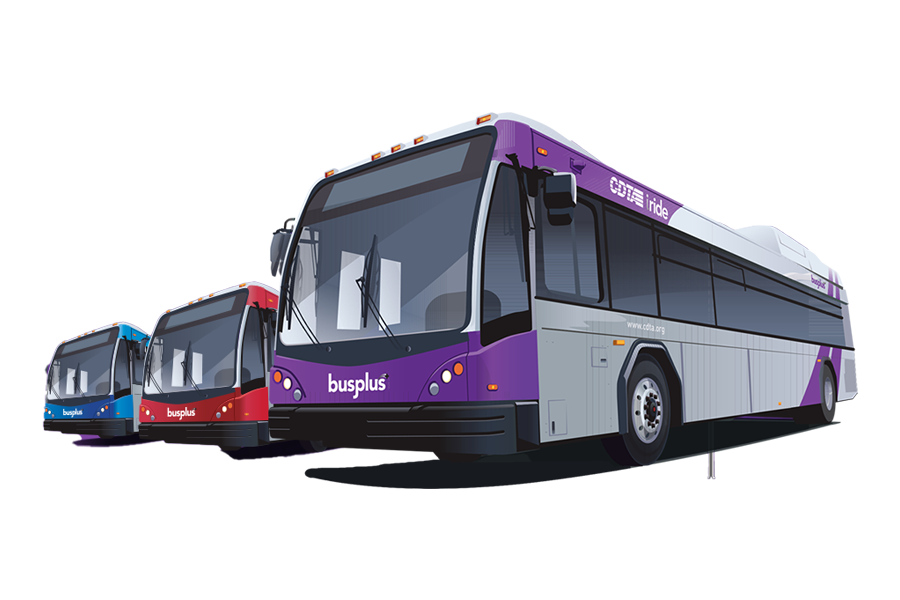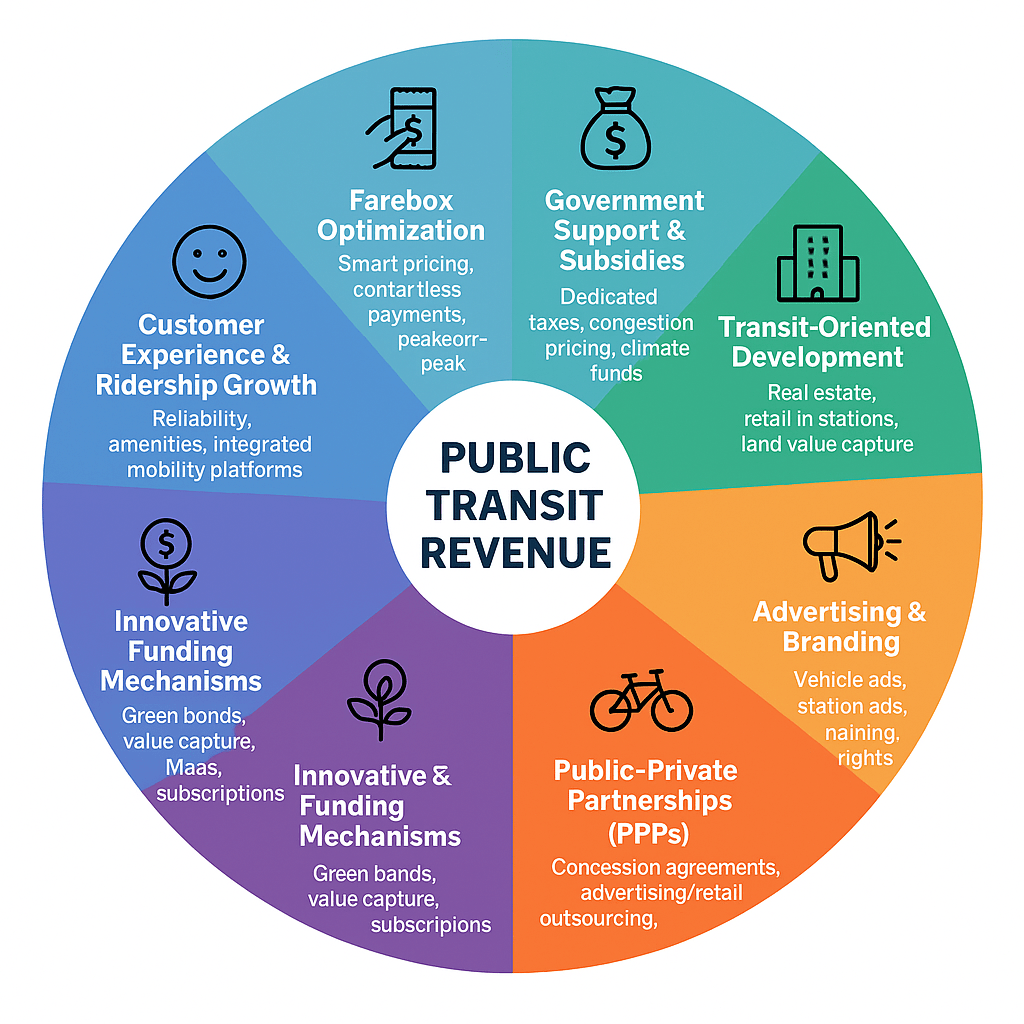Why Public Transit Needs Climate Resilience
Public transit systems—buses, metros, trams, and commuter rail—are the lifeblood of urban mobility. As cities grow, they are also frontline services in the fight against climate change. But extreme weather events pose new challenges: flooded bus depots, overheated rail tracks, disrupted power supplies, and stranded passengers. To maintain reliable, safe, and sustainable operations, public transit must be designed with climate resilience in mind.
Key Climate Risks for Public Transit
- Flooding – Bus depots, underground metros, and rail yards are highly vulnerable.
- Heat Waves – Rail buckling, power supply strain, and passenger comfort issues.
- Storms & High Winds – Damage to shelters, overhead wires, and station infrastructure.
- Snow & Ice – Service disruptions in colder regions, increasing maintenance costs.
- Energy Dependency – Electrified systems may be exposed to grid instability during extreme events.
Try using our fleet size calculator for bus transit. We have one for rail transit as well.
Climate Action: Solutions for Transit
- 🚍 Flood-Proof Depots & Stations
- Elevated depots and platforms in flood-prone areas
- Flood barriers, pumps, and waterproofing of electrical equipment
- Modular, elevated shelters designed for rapid deployment
- ⚡ Resilient Electrification Infrastructure
- Charging hubs with backup power and renewable integration
- Battery-electric buses with flexible charging strategies. Use our GHG Reduction Calculator to see if its worth it to convert transit fleets from diesel to electric modes.
- Redundant power feeds for rail and metro systems
- 🌡 Heat-Ready Rail Systems
- Continuous welded rails with expansion joints for extreme heat
- Tunnel cooling and ventilation upgrades
- Heat-reflective station materials for passenger comfort
- 🏙 Transit-Oriented Urban Resilience
- Prioritizing transit access in climate adaptation master plans
- Integrated evacuation routes using public transport corridors
- Shaded, green corridors around transit hubs to lower urban heat island effects
- 📡 Smart Operations & Early Warning
- Real-time monitoring of climate-sensitive infrastructure
- Passenger information systems with disruption alerts
- AI-driven demand management during extreme events
Why Resilient Public Transit Matters
- Maintains essential mobility during disasters
- Protects equity and accessibility for vulnerable populations
- Reduces emissions by keeping mode shift away from cars
- Builds public trust in sustainable urban mobility systems
Conclusion
Public transit is more than a climate mitigation tool—it must also adapt to climate risks. With innovative depot design, resilient electrification, and smarter operations, cities can safeguard their transit systems against tomorrow’s weather.
At Arterials, we support agencies, consultants, and planners in integrating climate resilience into public transport design and feasibility studies.



